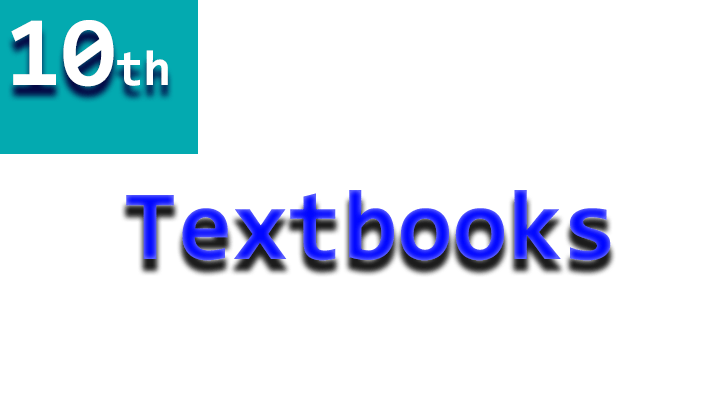Textbooks in 10th Class Board Exam Preparation
The 10th class marks a significant milestone in a student’s academic journey as it is the final year of school education. As students prepare for their Board Examinations, textbooks play a pivotal role in shaping their understanding and performance in the exams. These textbooks serve as comprehensive guides that cover the entire syllabus and provide students with valuable knowledge and insights. This essay explores how textbooks assist 10th-grade students in their board exam preparation and contribute to their academic success.
Comprehensive Content: Textbooks for 10th class encompass all the subjects’ syllabi in a comprehensive manner, ensuring that students have access to all essential topics and concepts. The detailed content allows students to thoroughly study each subject, leaving no gaps in their knowledge.
Structured Learning: Textbooks are organized in a well-structured manner, enabling students to follow a logical progression of topics. This helps in building a solid foundation and understanding of complex subjects.
Conceptual Clarity: Textbooks explain concepts in a clear and concise manner, promoting a deeper understanding of the subject matter. This clarity aids students in retaining information effectively and applying it during exams.
Practice Exercises: Most textbooks include a variety of practice exercises, such as solved examples, unsolved questions, and sample papers. These practice exercises enable students to assess their understanding and enhance their problem-solving skills.
Exam-Oriented Approach: Textbooks are tailored to cater to the specific requirements of board exams. They focus on providing students with exam-oriented content, emphasizing topics that are frequently examined.
Reference for Revision: Textbooks serve as excellent reference material during the revision process. Students can quickly refer to important points and formulas, making revision more efficient and productive.
Updated Content: Textbooks are regularly updated to align with the latest syllabus and curriculum changes. This ensures that students have access to the most current and relevant information for their exams.
Visual Aids: Many textbooks include visual aids such as diagrams, illustrations, and charts to supplement textual information. These aids enhance students’ understanding and make learning more engaging.
Self-Study Tool: Textbooks empower students to study independently. With the help of textbooks, students can self-pace their learning and revisit topics they find challenging, promoting self-confidence in their abilities.
Foundation for Higher Education: The knowledge gained from textbooks in the 10th class forms a solid foundation for higher education. Concepts learned in these crucial years often serve as building blocks for future academic pursuits.
Textbooks hold immense importance in the lives of 10th-grade students, especially during their Board Examinations. The well-structured content, conceptual clarity, and exam-oriented approach provided by these textbooks play a vital role in shaping students’ success in the exams.

